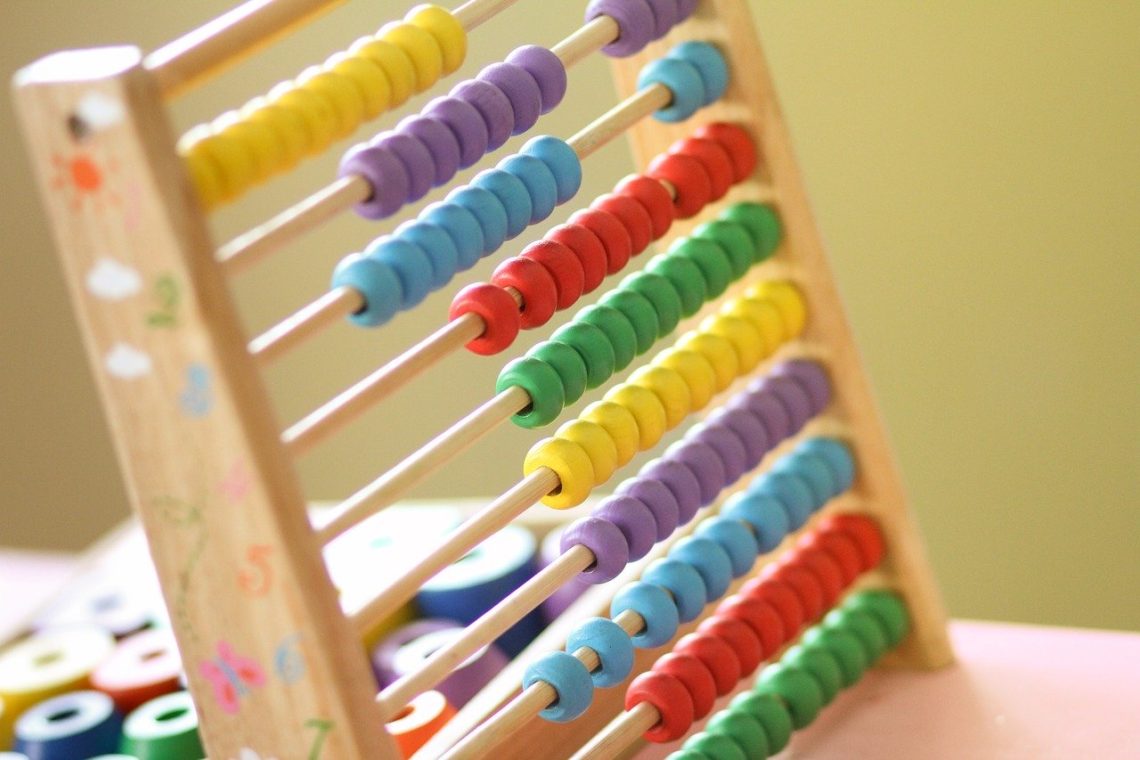
Accommodations for Students with Dyscalculia
Working with students with Dyscalculia can be challenging. Students who have dyscalculia tend to have difficulty with number sense, manipulating numbers, and completing computation among other things. Supporting these students in your classroom can be challenging. Dyscalculia will mostly affect them in math, but I have had students who are affected by it in science class also because of the math necessary for topics like Chemistry.
If you are concerned that your child is affected by Dyscalculia, it may be time for you to have a conversation with your child’s teachers. Often these students qualify for special education services due to having a Specific Learning Disability in the area of math. In order to determine this, testing would be necessary.
If your student does qualify for an IEP, here are some accommodations that may be useful in supporting them. Obviously no IEP is one size fits all. An IEP has to be developed by the TEAM to meet the specific needs of that particular student.
Accommodations that May Help a Student with Dyscalculia
- Reference sheets
- Reference sheets can help students with remembering the steps to multi-step problems
- Sample problems
- Sample problems, like reference sheets, I find are really helpful when working with multi-step problems. Students with dyscalculia tend to have a hard time understanding what operations to use to solve a problem and providing them with sample problems and reference sheets can help remind them.
- Use of a multiplication chart
- Students with dyscalculia often have difficulty memorizing math facts. If you are not assessing their math facts, allow them to use a multiplication chart for problems.
- Use of a 100s chart
- A 100s chart can help them in a similar manner to a multiplication chart. They can use the chart to help them with adding or subtracting.
- Use of a calculator when not being assessed for their math facts
- If the student’s needs are more severe, I occasionally have a student that I encourage to use a calculator whenever I am not assing them on their computation. For example, when we are teaching integer operations with positive and negative numbers, I am assessing their ability to compute these problems and I would not allow them to use a calculator. But, when we are teaching solving algebraic equations, I am more concerned with their ability to apply their knowledge of the steps that I would allow certain students to use a calculator.
- Extra time to complete assignments
- Students with dyscalculia often take longer to solve math problems. Because of this, it may be necessary to allow some students additional time to complete their work.
- Reduced number of assigned problems
- Sometimes the number of problems you are assigning to the rest of the class could be unreasonable to expect a student with dyscalculia to complete. Sometimes I’ll have a student just complete the odds, or I take off specific problems.
Also, Check-Out:
Differentiated Worksheets for Your Middle Schoolers
Ways to Differentiate Homework
Get your free IEP summary page!

Subscribe to get our latest content by email.






